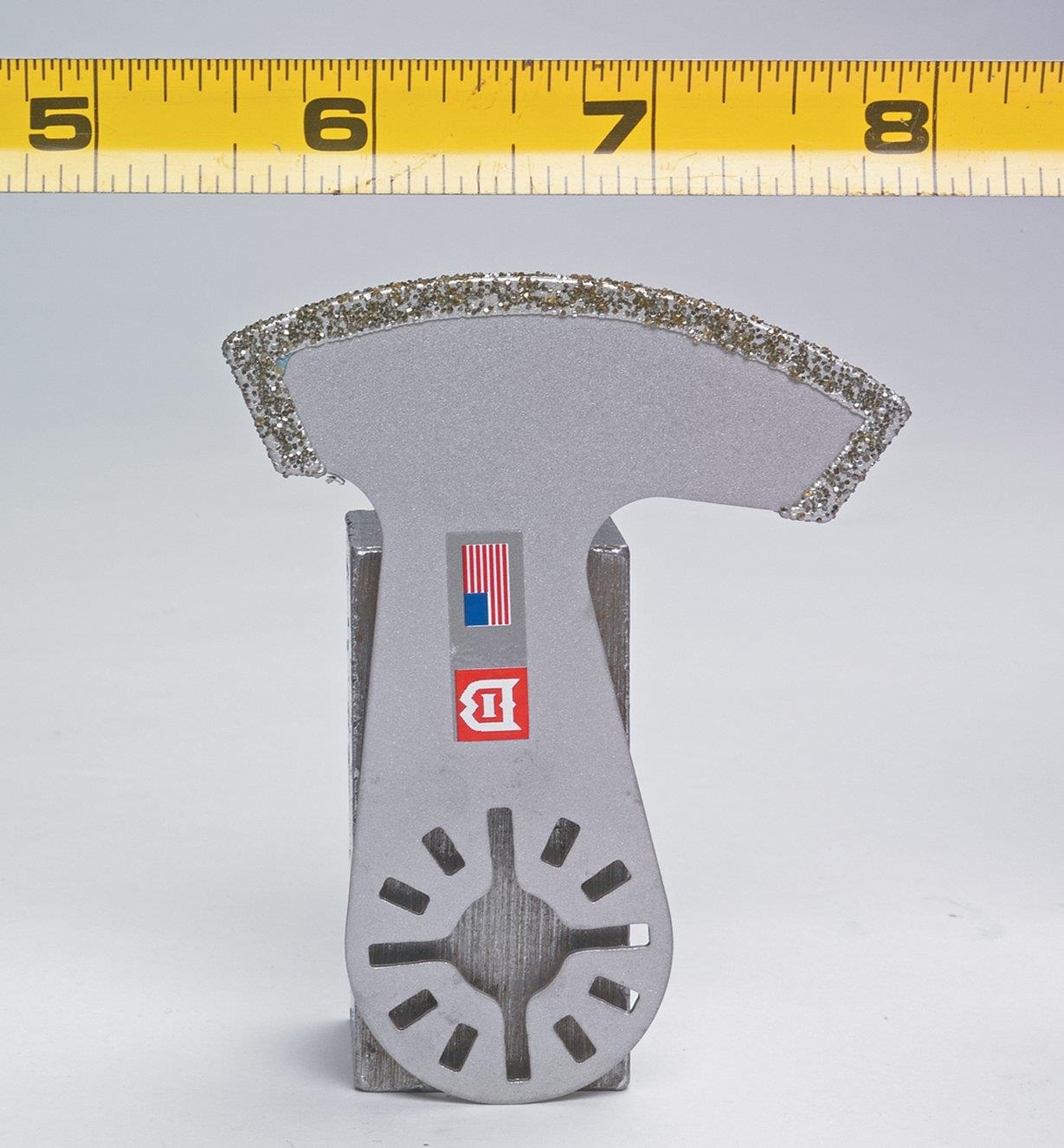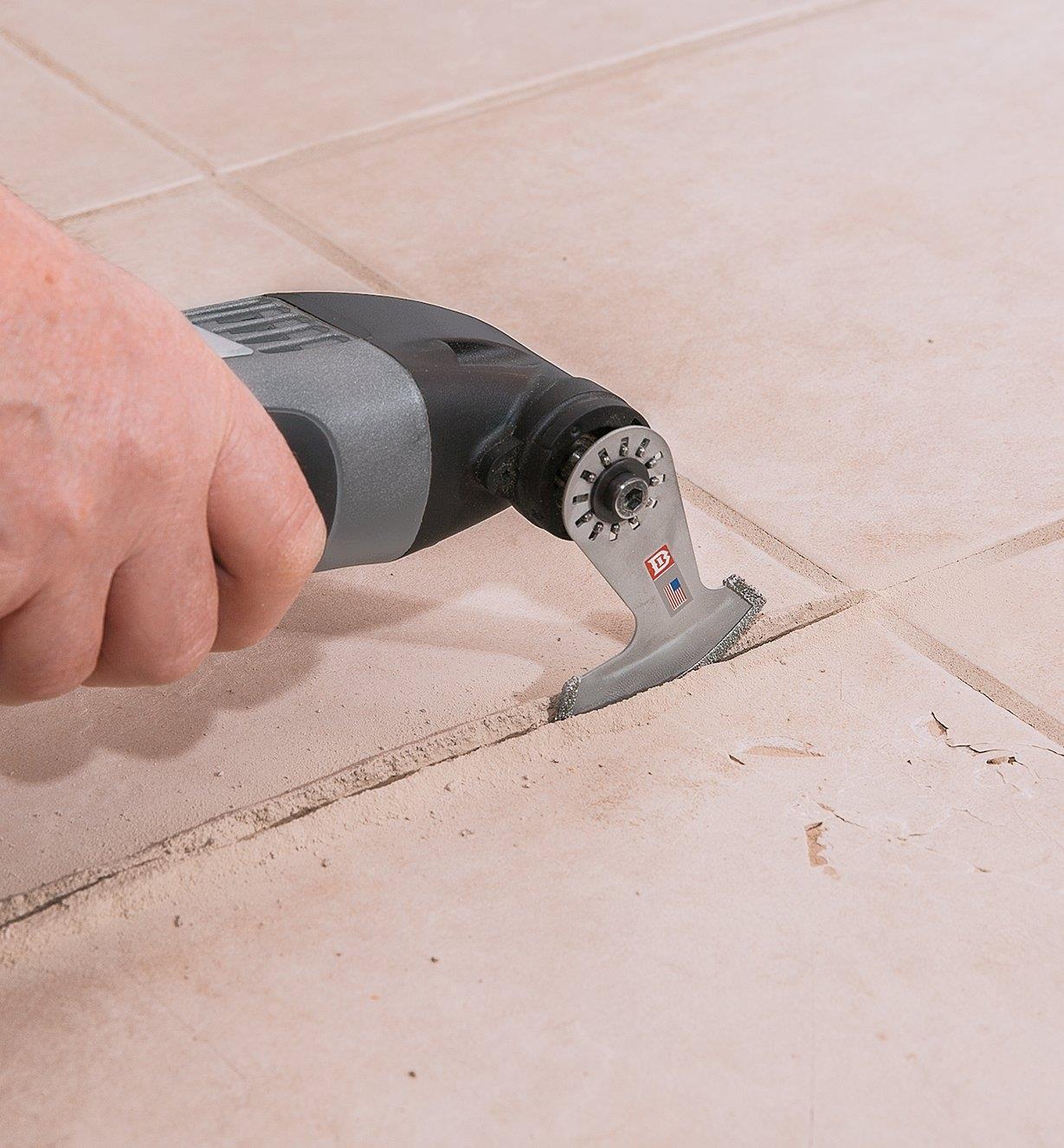
Unsanded grout is most likely seen on tiled walls and showers in newer homes.There are three main types of grout you’re likely to encounter, and they range in difficulty to remove. Use them for unsanded grout removal or to clean up tile edges. Stainless steel blades, the softest, cheapest option, aren’t effective for hard grout.Tungsten steel blades are harder and pricier than carbide options but they work fast and are especially good for dealing with a lot of epoxy grout.Carbide blades are the go-to for most grout removal tools as they are both moderately priced and hard enough to handle the toughest grout.Less powerful options, like an oscillating tool or a rotary tool, easily cut through unsanded grout, while more powerful options like a reciprocating saw or angle grinder will take care of sanded and even epoxy grout.īlade material becomes important when working with harder grout types, like sanded and epoxy grout. Mechanical grout removal tools are faster and better-suited to large projects.
#Diamond v grout tile cut oscillating multi tool saw blades manual
A grout knife for sanded grout and a carbide cutter for unsanded grout are among your options don’t try to remove epoxy grout with a manual tool. They also come in handy for precise detail work, such as removing fine deposits left on tiles after a power tool removes the bulk of the grout.

When looking for the best grout removal tool, consider some important aspects to ensure you pick the best tool for you and your project. What to Consider When Choosing the Best Grout Removal Tool They make grout removal long, hard, and tedious work, so only rely on them for very small projects with unsanded grout, or for cleaning up tile lines after using a powered option.


An angle grinder is a powerful tool best suited to large grout removal projects with a lot of long, straight lines.

To avoid hitting the edge of a tile with a rotary tool, be sure that the gap between the tiles is at least 1/8-inch. A rotary tool with a grout removal accessory is the slowest of powered grout removal options, yet it will still kick up a lot of dust, so it’s best for smaller grout removal projects.It can do the job quickly, but if you lack experience with these powerful saws-which can jump around during use and damage nearby tiles-go slowly until you get the hang of it. A reciprocating saw with a grout grabber blade is ideal for removing hard grout, like sanded or epoxy varieties.Though far faster and easier than manual grout removal, an oscillating tool takes more time and effort than a higher-powered option. Rather than grinding grout into messy dust like a reciprocating saw, rotary tool, or angle grinder, this tool operates at a slower speed to take out larger pieces of grout using an oscillating motion. An oscillating tool equipped with a grout removal blade is one of the best options, and with the right blade, can be used on any type of grout.In general, the more powerful the tool, the more dust it will generate, so be sure to wear a face mask-and all other applicable personal protective equipment-while removing grout. There are many methods for removing grout, but each tool for the job comes with benefits and drawbacks.


 0 kommentar(er)
0 kommentar(er)
